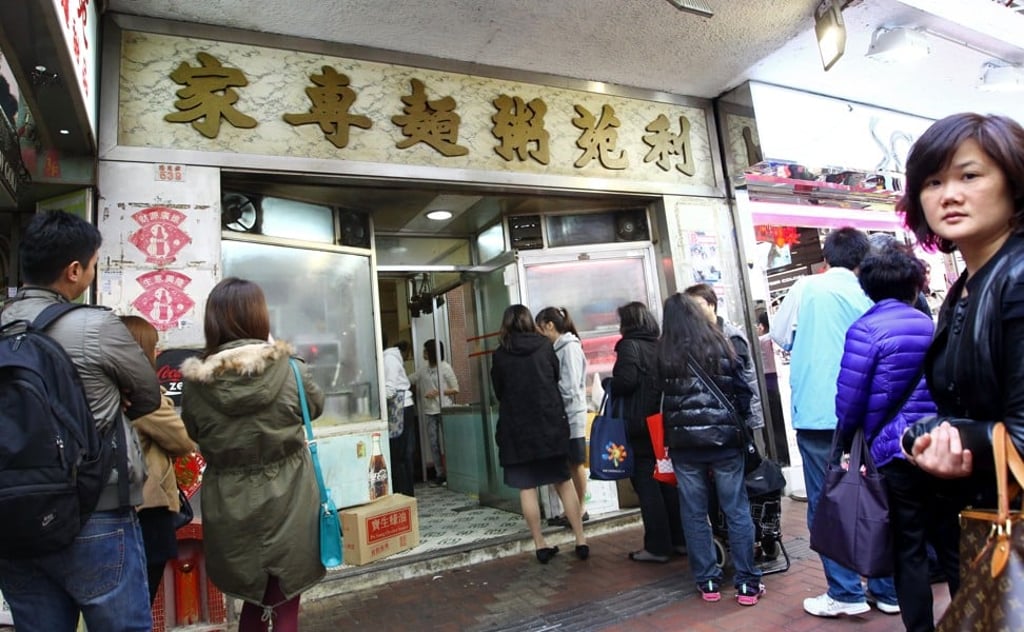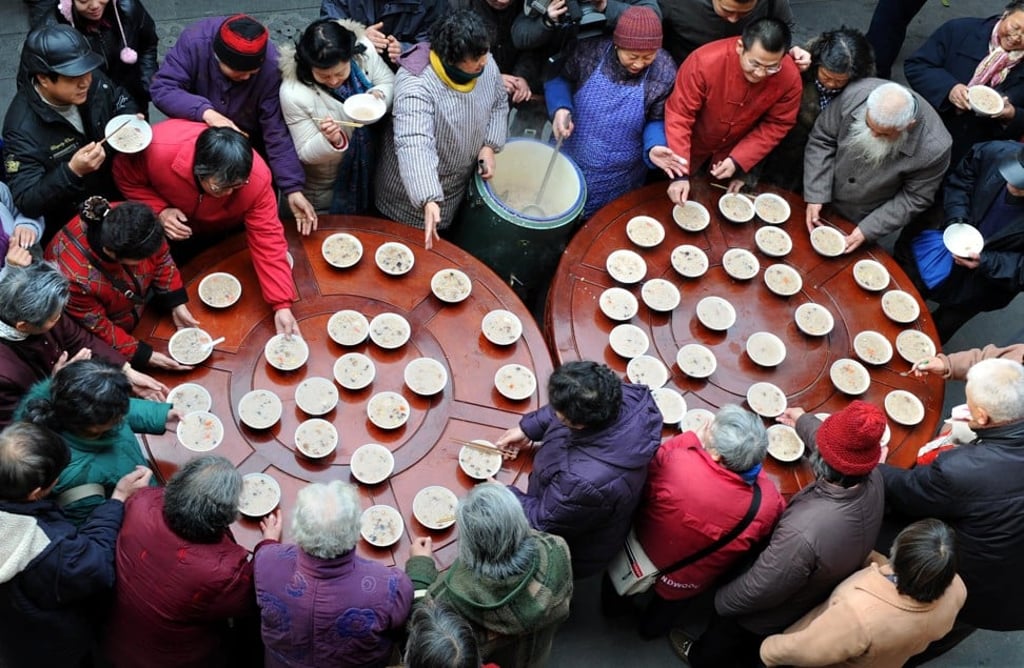Language Matters | Where the word congee comes from – the answer may surprise you
The dish is frequently associated with East Asian cuisine but the term originated in India – from the Tamil kanji

You can’t escape the word in Hong Kong – everywhere you turn there’s a congee house of some sort, serving 粥 – jūk (Cantonese) or zhōu (Mandarin). A staple across Asia, congee is a preparation of – depending on where you live – rice (or other grains or legumes) boiled in water, using grains that may be long or short, whole or broken; some versions substitute water with milk or coconut milk. It is served plain, accompanied by side dishes (salted duck egg, seafood, pickled vegetables or braised meat), or cooked together with ingredients such as chicken, preserved egg or herbs.

Congee as a dish is documented in ancient East and South Asian texts, particularly associated with ritual fasting. The earliest reference can be traced back to the Zhou dynasty (circa 1000BC). It is also mentioned in the Chinese Record of Rites(1st century AD) and noted in Pliny’s account of India circa AD77. The dish does tend to be associated with East Asian cuisine, so it is interesting to discover that the word “congee” has its origins in the Tamil kanji (also the Telugu and Kannada gañji, the Malayalam kanni and the Urdu ganji), from kanjī (“boilings”), referring to the water in which rice has been cooked.


Two centuries on, it is not just the Europeans who use the word “congee”. In Singapore, however, it’s porridge.

